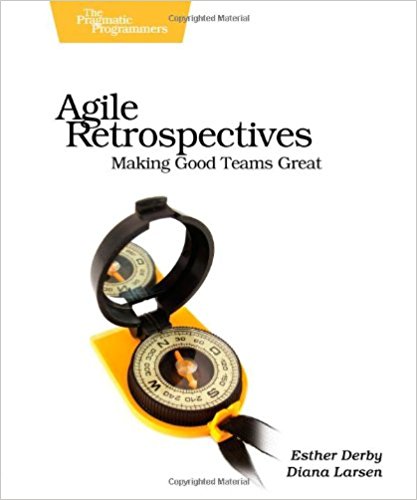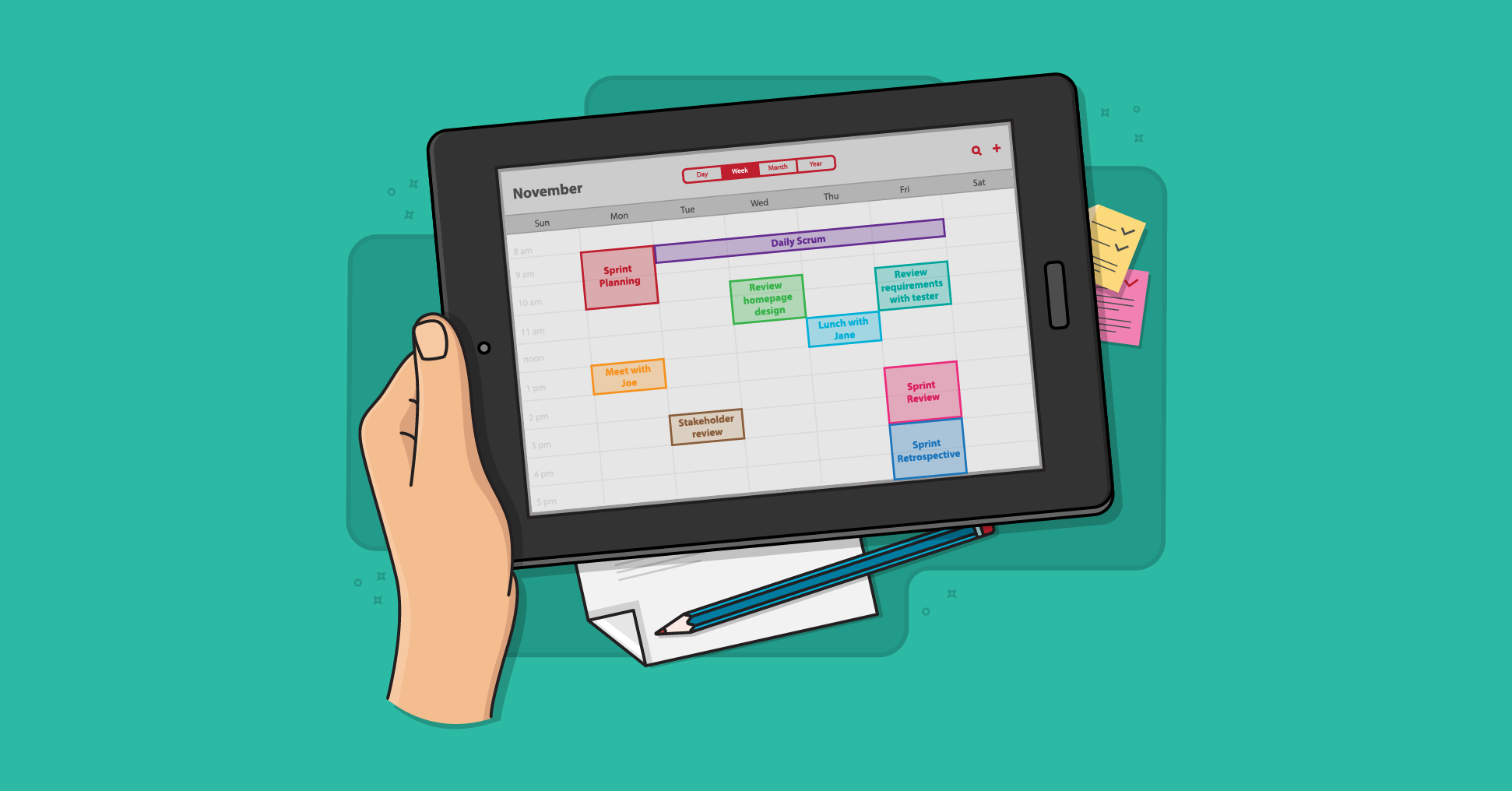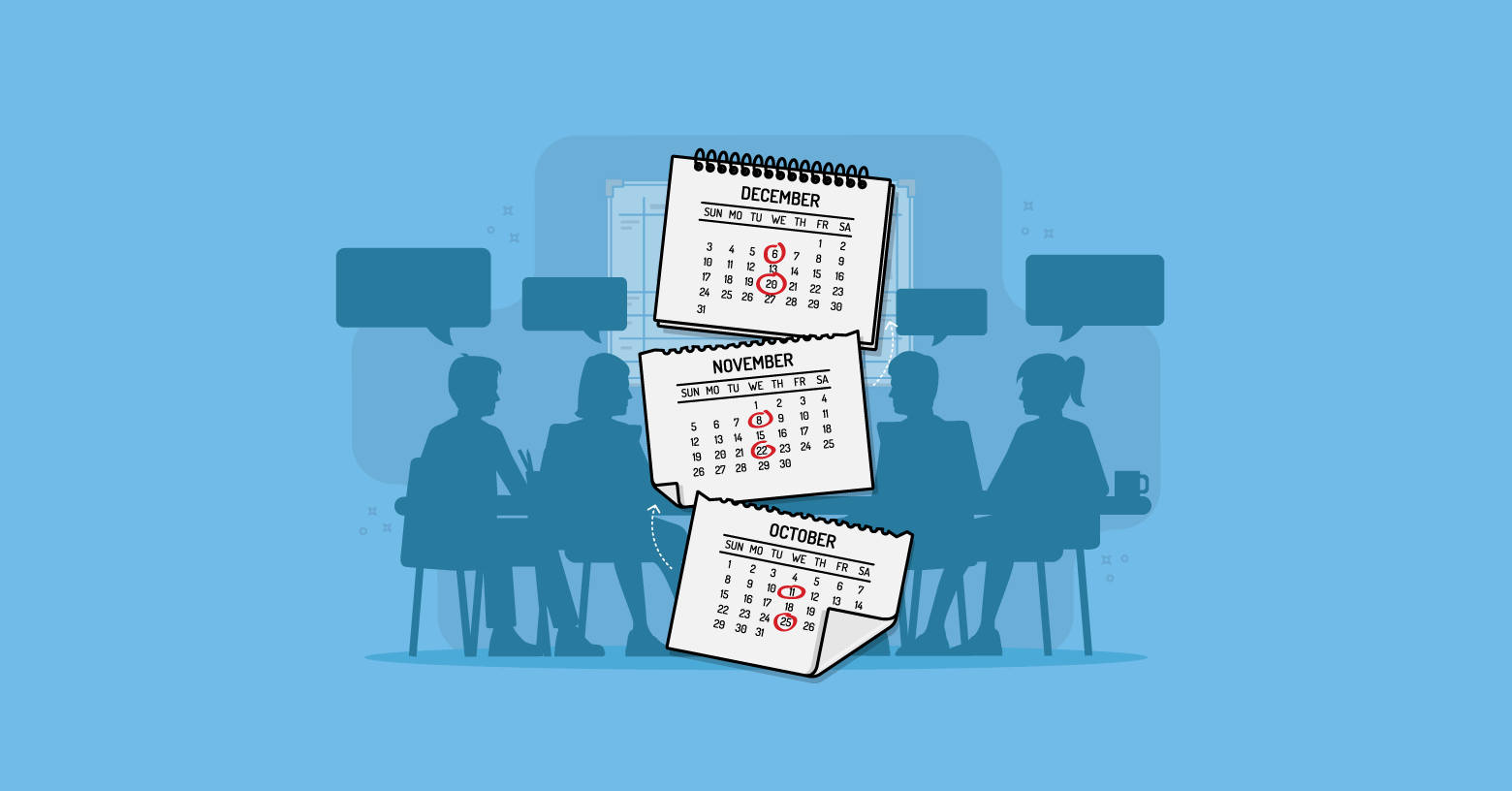Excellent advice for those desiring more frequent, shorter, better retrospectives.
One of the challenges facing an agile team that holds a retrospective at the end of each one– to four–week iteration is how to keep the meetings fresh. When done this often retrospectives become redundant and team members often simply go through the motions. This is an excellent book that is full of so many ideas on how to conduct a retrospective that they will never become redundant.
I really like how the book is structured. It starts with three chapters about the purpose of retrospectives, how to tailor one for your team, and how to lead one. A general framework for retrospectives is laid out (gather data, generate insights, make decisions, and so on). The remaining chapters delve into these topics and each presents a variety of ways to perform the step. I picked up some wonderful ideas in these chapters that I have been able to successfully apply. I'm not a big fan of the grueling multi–day retrospectives commonly held after a year (or more) of work on a big bang–style, waterfall project. This book perfectly fills a need, describing how to run much shorter and more effective retrospectives on a more frequent basis. I highly recommend it.







